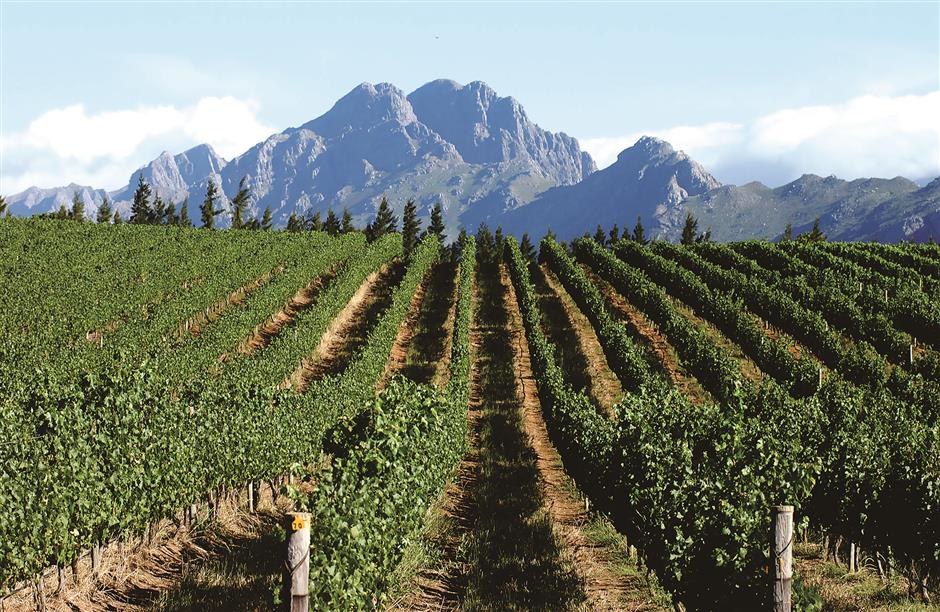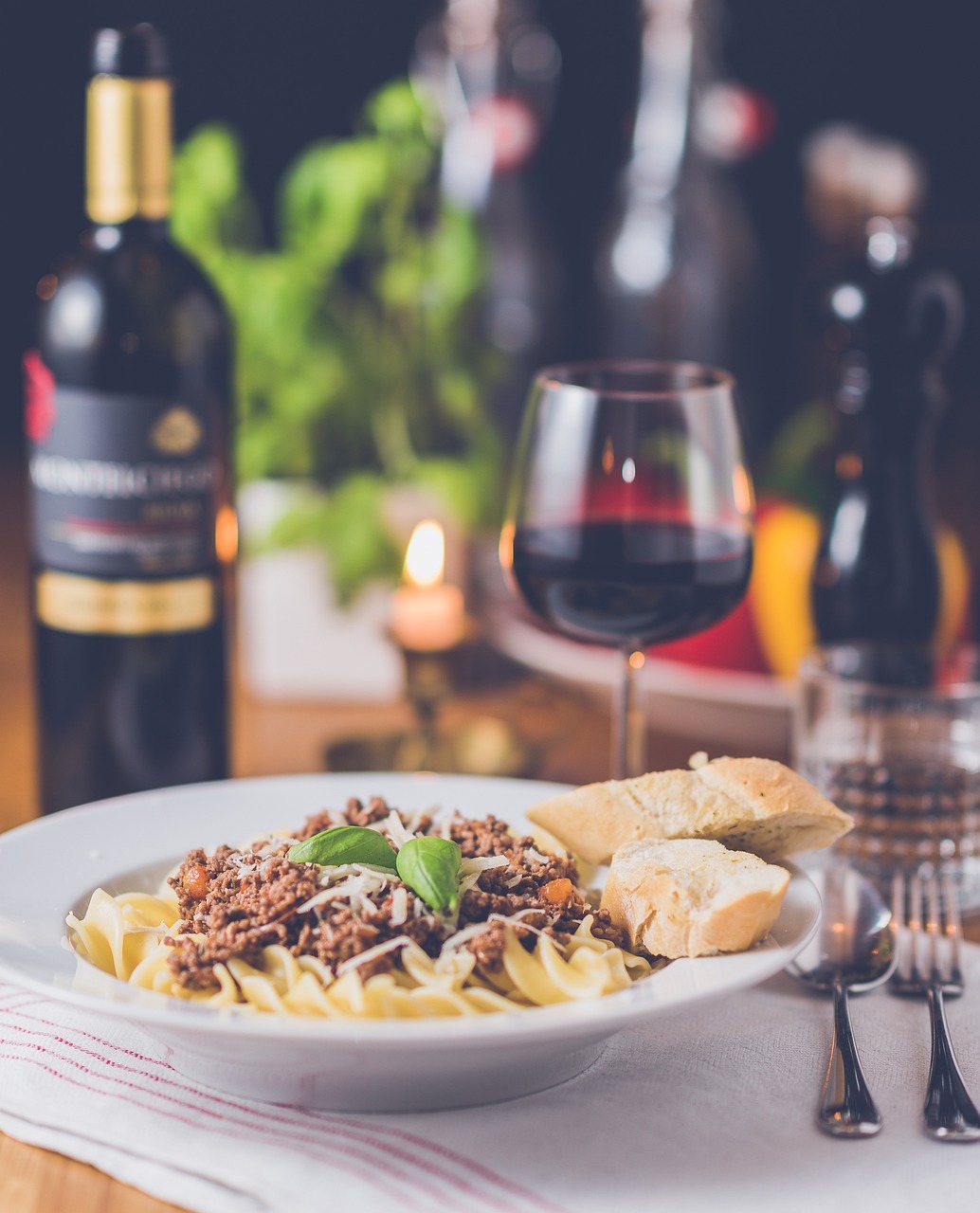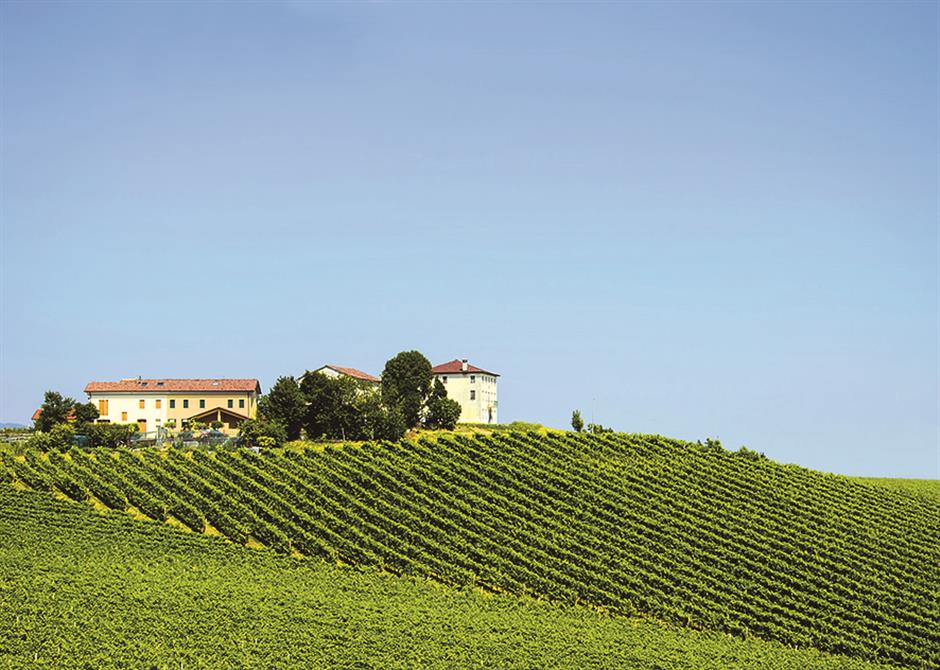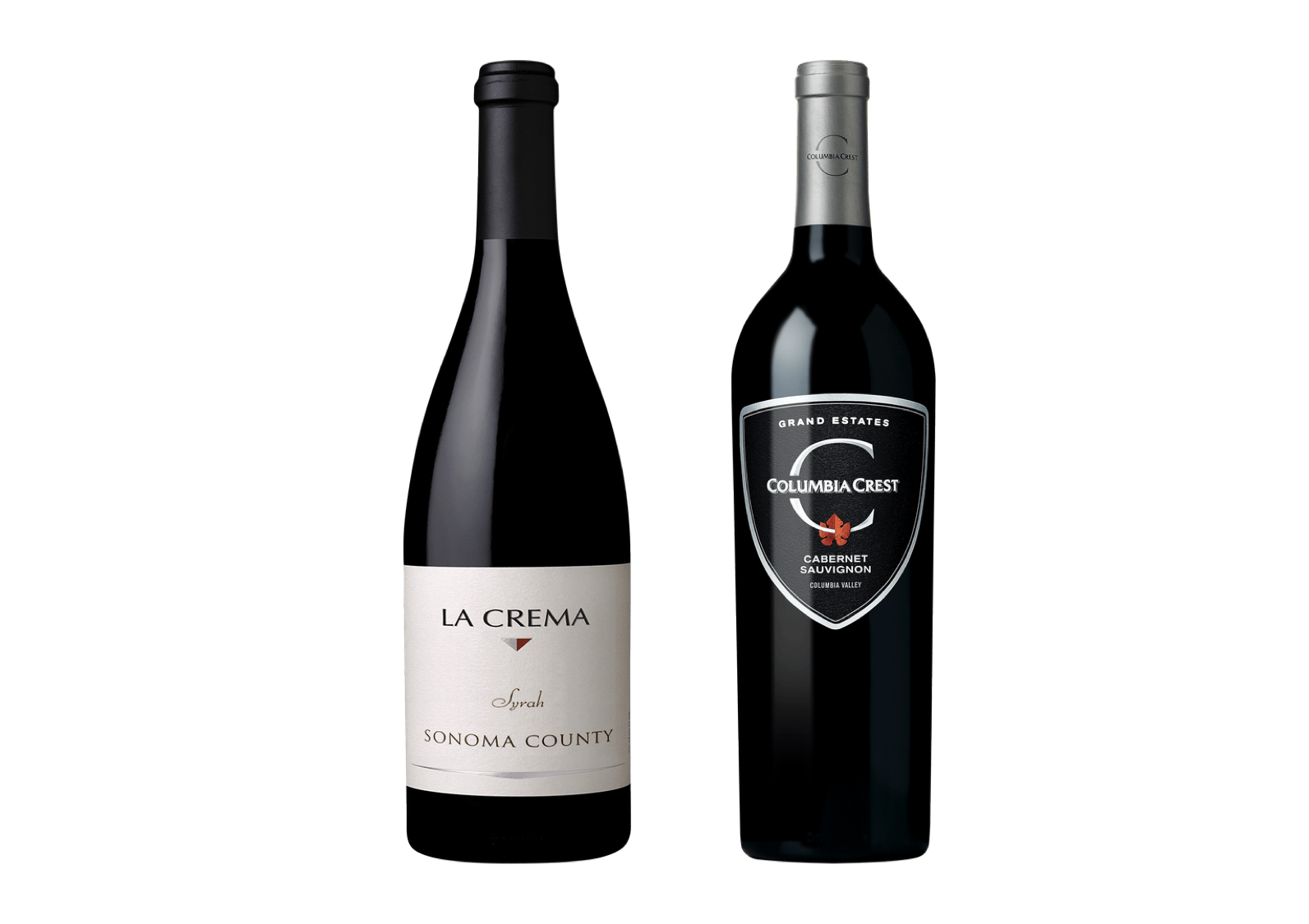Summary
The brand-new year is replete with opportunities to embellish our wine lives. We can choose to follow the major trends of the day or drink a path less traveled.
The former provides comfort and confidence while later portends new discovery and opportunity as well as uncertainty. My 2018 wine resolutions include experiencing more wines that are off the beaten path and do my best to mitigate consumption of mass marketed wines. This means delving into the boutique wines of China, lesser known regions of Spain, Italy, Chile, Argentina and the US as well as rediscovering the wines South Africa.
Hope and despair
Several times over the past three decades I’ve endeavored to discover and appreciate South African wines only to be disappointed. The ability to make quality wines has long existed there, but the requisite dedication and investment were often lacking.
My recent tastings indicates significant progress. Before examining the potential for the China market, let’s look back at history.
The first vines were planted in Cape Town by Dutch surgeon Jan van Riebeeck soon after his arrival in South Africa in 1652. His motive was to use the wines to help ward off the dreaded scurvy that plagued European sailors as they traversed the vast oceans and seas to and from the Orient. By 1659, Riebeeck had his first harvest and the South African wine story had begun.
Over the centuries the industry experienced a series of booms and busts and was never really able to establish itself as a global player. Obstacles continued into the later part of the 20th century when big market nations boycotted the wines due over Apartheid. The end of Apartheid in the 1990s was supposed to see exponential growth in the international popularity of South African wines, but this anticipated mega explosion more resembled a firecracker. The wines struggled to create an identity and positive image in increasingly competitive and sophisticated world markets.
Today, South Africa makes quality wines from an impressive number of different varietals. Slowly but surely the most promising varieties and regions are gaining global recognition.
This sadly is not the case in China where much more work needs to be done.
While sophisticated drinkers in developed markets are increasingly discovering the charms of South African Chenin Blanc, Pinotage and international varietals and blends, too few wine lovers in China have followed suit. I see two good reasons why this will change in 2018.
Chenin Blanc has been cultivated in South Africa since Riebeeck’s time and is the nation’s most popular variety.
For most of its history on the African continent it was used to make sweet wines, but with the advent of a new millennium progressive winemakers started using the variety to make exciting white wines with their own unique characteristics.
The best South African Chenin Blancs typically exhibit fruit-forward flavors of green apples, melon, ripe stone and citrus fruits along with good minerality and acidity. The robust fruit and clean nature of these wines make them perfect partners to many seafood and white meat.
Another key to the success of South African wines in China will be red wines, especially Pinotage. While many authoritative wine voices assert that the best reds of South Africa are Cabernet Sauvignon, there are simply too many Cabs in the China market. Exploiting the quest for diversity by China’s increasingly urbane drinkers, I believe South Africa’s own red varietal, Pinotage, actually has greater potential.
I’m fond of saying that the story of Pinotage is a tale of a mixed marriage of unequals that resulted in a child of controversy. In 1925, Abraham Izak Perlod, a South African of French heritage, crossed a male Cinsault flower with a pollen donor Pinot Noir. Why Perold chose to cross Pinot Noir with Cinsault remains a mystery. Of the hundreds of options, why choose to cross the noble and esteemed Pinot Noir with the humble, high-yield Cinsault?
Perhaps Perold hoped to combine the elegance of Pinot Noir with the heartiness of Cinsault. That wasn’t the result. Pinotage wines exhibit few of the delicate aromatics and sophisticated flavors of Pinot Noir, instead this hybrid tends to make weighty wines with dark fruit, tar and tobacco flavors. But , these wines definitely have their attractions. Top Pinotage wines are rich and powerful often with an abundance of plum, blackberry, blueberry and mulberry flavors often with intriguing notes of chocolate, tobacco and spices. It’s a style of wine that certainly has fans in China.
Most recent South African vintages have been quite good with 2015 and 2009 standing out.
Recommended producers available in Shanghai include Badenhorst, Warwick, Kleine Zalze, Fleur du Cap, Imhoff, Rustenberg and Fairview. So in 2018 be a shepherd rather than a sheep and discover the beauty of less patronized wines including the intriguing wines of South Africa.





